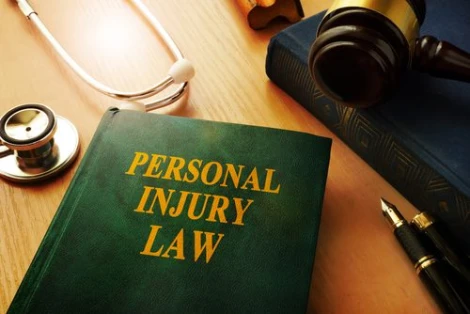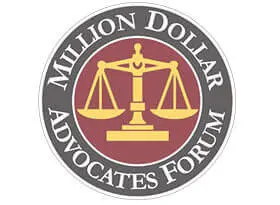
When someone is injured in an accident due to another person’s negligence, they may have the legal right to file a personal injury claim to seek “damages” for their losses. But what are damages exactly?
In a personal injury case, the term “damages” refers to the money awarded to an injured party (plaintiff) for the harm he or she suffered as a direct result of the at-fault party’s (defendant) reckless, negligent, or intentional actions. Damages in a personal injury case can come in two forms: economic and non-economic. Both of which we’ll explain below.
About Economic Damages
Economic damages, also called “special damages,” financially compensate an injured party for measurable losses suffered because of the defendant’s conduct. Economic damages are quantifiable damages that can be easily proved with receipts, bills and other forms of documentation. Examples of economic damages might include:
- Property damage to a vehicle
- Costs of replacing a totaled vehicle
- Medical bills
- Lost income
- Loss of earning capacity
- Replacement of damaged property
Economic damages are easy to calculate because the plaintiff’s lost income is known, or because the plaintiff has already paid for damaged items, or because a plaintiff’s medical bills are in black and white.
For example, while texting and driving, a man plows into another vehicle, totaling it. The innocent driver recently paid $35,000 for the car. Therefore, the cost of replacing the vehicle is roughly $35,000. It can get more complicated when you need to put a price tag on future medical care, but an experienced personal injury attorney can get close.
Non-Economic Damages in a Personal Injury Case
Non-economic damages, also called “general damages” are a natural result of an at-fault party’s wrongful action, but they are not as quantifiable as economic damages. They don’t deal with medical bills, damaged property, or lost income. Instead, they involve other types of harm caused by the defendant’s actions.
For example, suppose a person was hit by a car in a crosswalk. That person’s legs were broken and she was in a lot of pain for months after the crash. She couldn’t walk. She couldn’t get out of bed by herself, and she had to be in wheelchair for months. Her legs were in so much pain, she couldn’t sleep at night. In this case, the woman can be awarded “pain and suffering,” which falls into the category of non-economic damages.
Examples of non-economic or general damages:
- Disfigurement
- Physical impairment
- Pain and suffering
- Mental anguish
- Loss of companionship (for surviving family members in wrongful death cases)
- Loss of consortium
- Lowered quality of life
In a personal injury case, injured parties can seek economic and non-economic damages. If the plaintiff suffered a personal injury, he or she might seek economic damages to cover their medical expenses. If the injury caused the plaintiff to lose income, the plaintiff can seek compensation for lost income. If a serious injury caused the plaintiff to experience pain and suffering, the plaintiff can also seek non-economic damages.
To learn more about filing a claim for compensation, contact Jones & Swanson at (770) 427-5498 for a free case evaluation.










